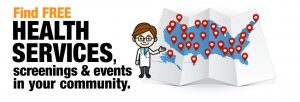
“Health comes to your local store,” explains the recently-launched portal, GoHealthEvents. This site is a one-stop shop for health consumers who are seeking health screenings and consults in local retail channels like big box stores, club stores, drug stores, and grocery stores. Events covered include cholesterol, diabetes, heart health, nutrition, osteoporosis, senior health, vaccinations and immunizations. By simply submitting a zip code, a health consumer seeking these kinds of services can identify where and when a local retailer will provide it.
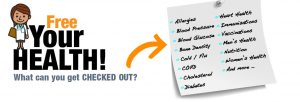
I searched on my own zip code in suburban Philadelphia, and found the following opportunities taking place in the next few weeks:
- At Giant, free (yes, free) screenings for blood glucose, blood pressure, cholesterol, and triglycerides.
- At Costco, diabetes screening.
- At Sam’s Club, multiple health screenings including blood pressure, body fat percentage, glucose, HDL, hearing testing, risk ratio, total cholesterol, vision screening/testing.
- At Sam’s, a “Get Out, Get Active” program featuring blood pressure, body fat, glucose, HDL and total cholesterol.
- A Senior Day at Walgreens featuring immunizations focused on older adults.
To put the importance of health screenings in context, let’s check out a report from the Centers for Disease Control and Prevention (the CDC) published this week, State Variation in Health Care Service Utilization: U.S., 2014. Fact: in 2014, 17% of U.S. adults 18-64 did not have a usual place of medical care, ranging from a low of 2.8% in Vermont to a high of 26.7% in Nevada. Furthermore, 34% of adults hadn’t seen or talked to a doctor in the past 12 months; this was especially true for people living in Montana, 48% of whom didn’t see or speak to a doctor, South Dakota (47.7%), Alaska (45.8%), Nevada (43.7%), New Mexico (41.7%), South Carolina (41.5%), Idaho (41.5%), and Nebraska (40.4%).
The retail opportunities that support disease prevention and early detection are important for people who may not have a usual source of health care (that is, a medical home), for busy people who don’t take the time to schedule appointments with doctors for these screenings, and other health consumers who want to avoid traditional health care settings (among this persona are Millennials, discussed here).
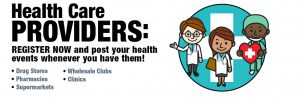 Health Populi’s Hot Points: “It’s the perfect time to be an innovator. We need to take care of people in their homes & communities,” enthused Andy Slavitt, Acting Administrator at the Centers for Medicare and Medicaid Services (CMS) during the annual meet-up of HealthDataPalooza, part of National Health IT Week in Washington, DC. [Check out the Twitter hashtag #HDPalooza to review topics covered at the meeting.]
Health Populi’s Hot Points: “It’s the perfect time to be an innovator. We need to take care of people in their homes & communities,” enthused Andy Slavitt, Acting Administrator at the Centers for Medicare and Medicaid Services (CMS) during the annual meet-up of HealthDataPalooza, part of National Health IT Week in Washington, DC. [Check out the Twitter hashtag #HDPalooza to review topics covered at the meeting.]
“Taking care of people at home and in communities” involves tapping into channels where people live, work, play and learn. And retail channels are among the most-visited community sites in Americans’ lives on a weekly basis. The average U.S. consumer visits a grocery store 1.5 times a week (the doctor’s office? Three per year on average). Walmart alone has 4,573 stores in the U.S. serving 140 million customers a week, making it a health destination for millions of people living in the U.S. who not only purchase food in the grocery aisles but frequent the pharmacy, the health and beauty aisles for vitamins and makeup foundation combining an SPF, and get kids’ immunizations at The Clinic.
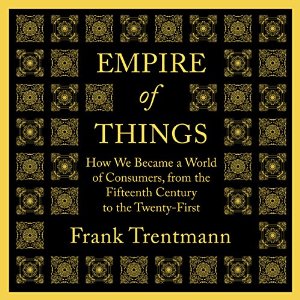 Note that GoHealthEvents invites health care providers to register and post health events they sponsor and hold in retailers’ storefronts. Think of this as the New Health Fair for hospitals, physicians, and clinics, reinvented at retail — where millions of people shop every week.
Note that GoHealthEvents invites health care providers to register and post health events they sponsor and hold in retailers’ storefronts. Think of this as the New Health Fair for hospitals, physicians, and clinics, reinvented at retail — where millions of people shop every week.
I recently completed reading the 800+ page book, The Empire of Things: How We Became A World of Consumers, From the Fifteenth Century to the Twenty-First. While the Wall Street Journal described it as “The Long History of Retail Therapy,” I took away a different riff through my health economics lens. That is, that America is a land of shoppers (at all price points and retail formats, from dollar stores to Neiman-Marcus). To nudge people to do health-ful things, we can co-locate health/care and healthy opportunities in the aisles of retailers to make it easy for people to Make Health.


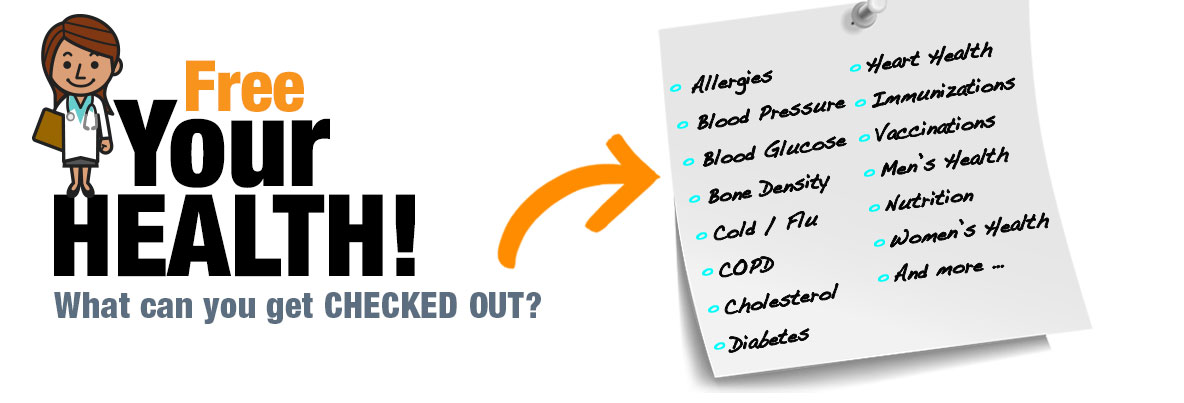


 I am so grateful to Tom Lawry for asking me to pen the foreword for his book, Health Care Nation,
I am so grateful to Tom Lawry for asking me to pen the foreword for his book, Health Care Nation,  I love sharing perspectives on what's shaping the future of health care, and appreciate the opportunity to be collaborating once again with Duke Corporate Education and a global client on 6th May. We'll be addressing some key pillars to consider in scenario planning such as growing consumerism in health care, technology (from AI to telehealth), climate change, and trust -- the key enabler for health engagement or dis-engagement and mis-information. I'm grateful to be affiliated with the corporate education provider
I love sharing perspectives on what's shaping the future of health care, and appreciate the opportunity to be collaborating once again with Duke Corporate Education and a global client on 6th May. We'll be addressing some key pillars to consider in scenario planning such as growing consumerism in health care, technology (from AI to telehealth), climate change, and trust -- the key enabler for health engagement or dis-engagement and mis-information. I'm grateful to be affiliated with the corporate education provider  Thank you FeedSpot for
Thank you FeedSpot for